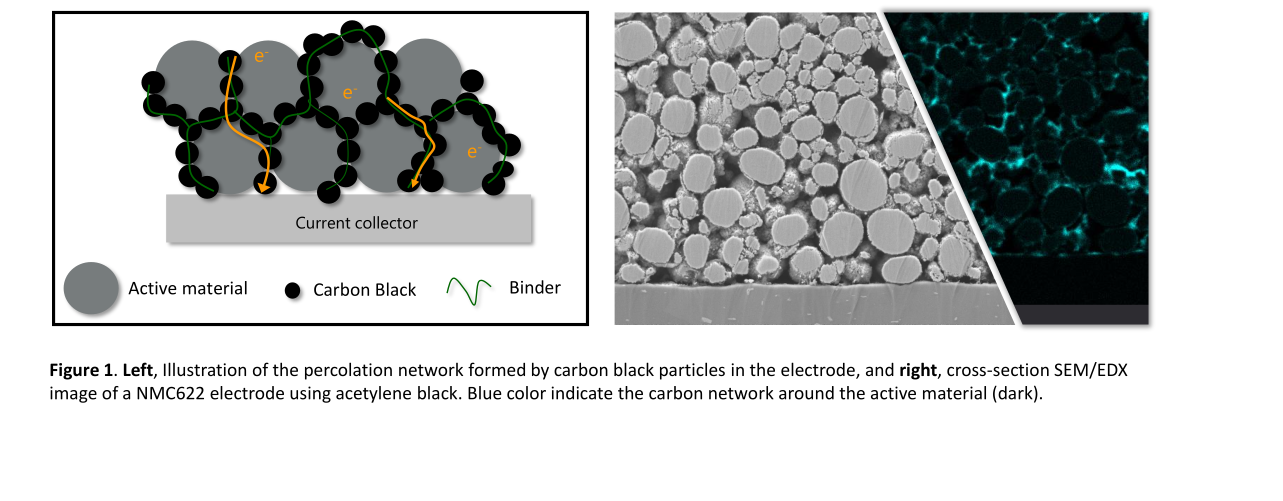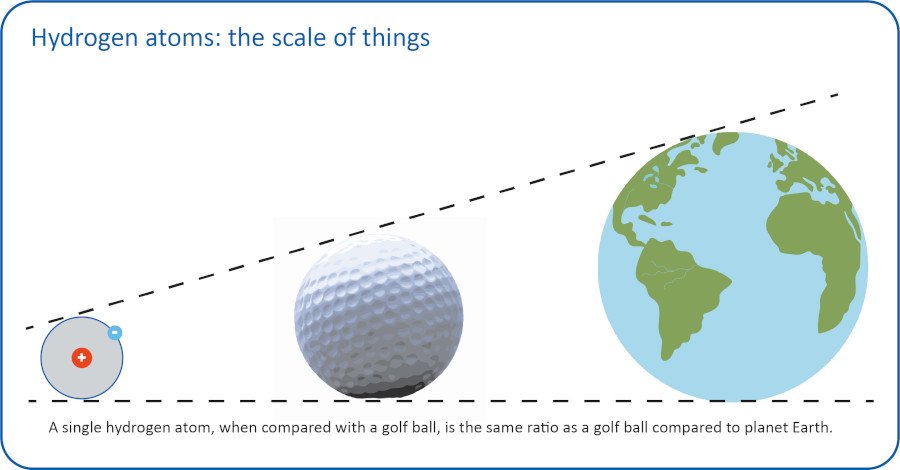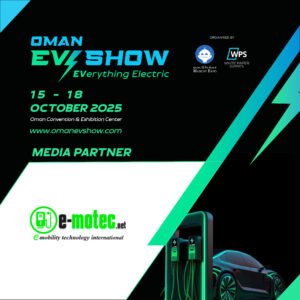A fundamental rethinking of Li-ion battery production
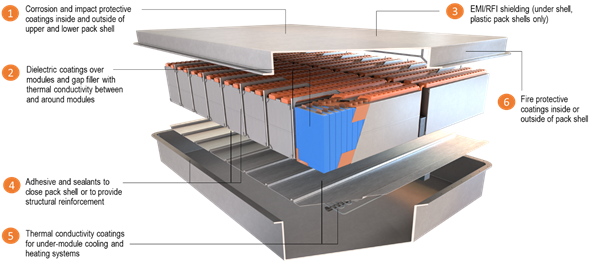
Dave Malobicky, General Manager, Mobility PPG
There is nothing like a global pandemic to impede the best-laid plans.
As the auto industry begins its recovery from the economic damage of COVID-19, many observers wonder whether the headlong rush to battery-electric vehicles will slow. In truth, even before the onset of the pandemic, the technology tipping point toward widespread adoption of electric powertrains, while alluringly close, remained somewhere in the future. Nevertheless, vehicle OEMs and their battery suppliers have continued to make steady progress in the performance, durability and safety of lithium-ion battery packs. Moreover, the industry is already looking ahead to 800-volt and higher vehicle architectures that, among other benefits, would enable significantly faster charging times.
Yet, two interrelated challenges remain: battery cost and scalability. Auto OEMs have bet billions of Euros in the belief that consumers will flock to electric vehicles once robust recharging networks are established and, more important, these sophisticated powertrains achieve ownership and, ultimately, vehicle cost parity with internal combustion engines. (The latter battle is not getting any easier given the sustained weakness of the oil market and recent 20-year-low diesel and petrol prices.) Nevertheless, the effective cost per kilowatt hour of a production-ready lithium-ion battery pack remains in the €130 to €140 range rather than the sub-€95 level that would make BEVs affordable for the mass market.
One recent step in reducing battery cost has been the introduction of cell-to-pack production, which, in addition to dramatically reducing the number of parts (and complexity) per pack, offers increased energy density and improved volume utilization efficiency.

The next step will involve an equally fundamental rethinking of Li-ion battery production, an approach PPG believes will be enabled by established coatings science in combination with significantly enhanced production efficiency.
Making the Jump
Henry Ford’s introduction, in 1913, of the first moving assembly line reduced auto production time from 12-plus hours to just 2 hours 30 minutes. Ford also more than doubled worker wages in the belief it would help expand the market for his vehicles. Together these decisions represented the tipping point that accelerated the shift from horse-drawn carriages in North America.
Vehicle OEMs face the same need to scale production of Li-ion battery packs while continuing to advance the science of battery design. The industry is now at the point where every element of a Li-ion battery pack must contribute to performance, durability and safety as well as production throughput and cost. This requires materials and methods of application that will deliver high quality and consistency and support high throughput in a mass production environment.
Despite the profound impact of the COVID-19 crisis, the auto industry is poised on the verge of an exciting new era of personal and commercial mobility.
High-performance coatings play a critical role in Li-ion battery pack architecture, from cell-level dielectric coatings to thermal management materials to intumescent coatings that help prevent dangerous high-energy events. The need for fast charging capability and the likely introduction of higher voltage battery packs will require step-change improvements in electrical separation and corresponding dielectric performance. Moreover, these coatings will need to lend themselves to ultra-precise, high-throughput, robotic application to meet strict quality, weight, performance and cost targets.
We also know that maintaining the battery’s designed working temperature is critical to performance, durability and safety. Thermal gap fillers and other materials are designed to ensure optimal heat transfer within the pack assembly. This greatly improves the effective heating or cooling of the battery cells needed for optimal performance, range and convenience (including fast discharging, efficient regenerative braking and fast charging) on a year-round basis while also extending battery life. However, the jump to enhanced thermal management and high-quality, high-throughput production requires a shift from manually applied thermal pad materials to liquid-dispense coatings. These advanced materials – already available – eliminate air bubbles, gaps and other problems and can be applied within very tight tolerances at high speeds. The results are higher quality, improved performance, less waste, lighter weight, significantly increased throughput and, of course, lower overall cost. PPG scientists are also developing a new generation of coatings that can provide additional functions beyond thermal management and/or electrical separation to further reduce complexity, weight and cost. In each case, we are aligning the unique capabilities of PPG coatings, adhesives and sealants with the requirements of the highly automated production environment that will be necessary to achieve cost parity with ICE vehicles. And, as the superior scalability of liquid-dispense materials is established, the chemistries themselves will continue to be enhanced to meet the requirements of each new battery design.

Many of these solutions have already been widely adopted in other industries. PPG specializes in managing interfaces at the nano and meso scales. Our dielectric coatings are leading choices of consumer electronics manufacturers. PPG intumescent coatings are applied throughout the world for fire protection of buildings, bridges and other structures, large and small. Our deep knowledge of interfaces has enabled the development of highly advantaged thermal management coatings for Li-ion battery packs. And, of course, we are one of the world’s largest suppliers of protective, decorative and functional coatings – from electrocoat to clearcoat as well as structural adhesives, sealants, sound deadeners and other solutions – used in auto and commercial-vehicle plants on every continent. PPG chemists are also helping drive the industry toward another technology tipping point – the adoption of autonomous vehicles – through the development of LIDAR-reflective coatings, transparent coatings for sensor lenses and other applications.
One Strategy, Better Outcome
Each component of a high-performance Li-ion battery pack must function perfectly, with seamless integration into the whole, to ensure optimal battery performance, longevity and safety. Managing each of these elements – particularly in an environment of almost continuous innovation – is an incredibly complex task. Scaling the enterprise is exponentially more difficult.
Given this fact, vehicle OEMs and their battery suppliers are best served to address dielectric protection, thermal management, fire protection, EMI/RFI shielding, structural enhancement and sealing challenges through a single, comprehensive coatings strategy. This approach, quickly gaining favor among leading OEMs, enables a deeper level of innovation and significantly reduced complexity. Given the right partner, it can also ensure that each solution meets not only its performance requirement within the battery pack but also within each manufacturer’s production environment. In many respects, this is no different than developing sophisticated interior and exterior coatings that are applied each day in PPG-operated paint departments at vehicle assembly plants around the world. Truly game-changing innovations – whether designed to reduce the complexity and cost of painting a vehicle or assembling a battery pack – are based not simply on great science but also great processes. Our ability to master both makes PPG unique.
Despite the profound impact of the COVID-19 crisis, the auto industry is poised on the verge of an exciting new era of personal and commercial mobility. When will we reach the tipping point that ignites the adoption of battery-electric vehicles? We believe it is closer than ever, and the path to its achievement is becoming clearer every day.
PPG Media Contacts:
Mike Millar
Automotive OEM Coatings
+1 248-641-2237
millar@ppg.com
Keith Rigby
Automotive OEM Coatings
+1 412-434-1718
KRigby@ppg.com
www.ppg.com





